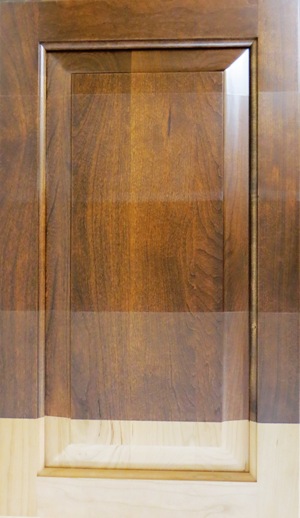Finish Steps
 Kahle’s Kitchens finish department integrates state-of-the-art equipment and processes. Our in-house tint room provides us with freedom to create, develop, and replicate customized colors and finish techniques. Kahle’s standard palette contains 117 stains, 5 semi-opaque finishes, 15 paint colors, 7 glazes, 3 sheen levels, and a myriad of sanding and distressing combinations. Custom color matching is always available if you don’t see exactly what you’re looking for. Whether you choose a color that Kahle’s has offered for years or one created just for you, you can be assured that our durable finish is designed to protect your cabinetry through many years of natural household use.
Kahle’s Kitchens finish department integrates state-of-the-art equipment and processes. Our in-house tint room provides us with freedom to create, develop, and replicate customized colors and finish techniques. Kahle’s standard palette contains 117 stains, 5 semi-opaque finishes, 15 paint colors, 7 glazes, 3 sheen levels, and a myriad of sanding and distressing combinations. Custom color matching is always available if you don’t see exactly what you’re looking for. Whether you choose a color that Kahle’s has offered for years or one created just for you, you can be assured that our durable finish is designed to protect your cabinetry through many years of natural household use.
Note: Please note that the above steps are applied to most finishes. Painting, glazing, distressing, etc. adds to or modifies the above step accordingly. For further questions, please feel free to contact your local dealer or sales representative.